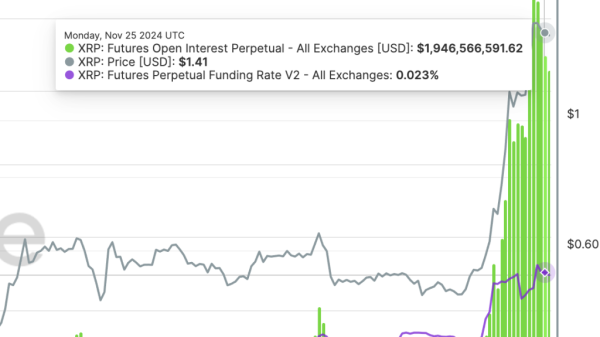Deficit Concerns in Japan: A Closer Look
Japan’s financial situation has been a topic of global discussion for years, primarily due to its staggering government debt levels, the highest among developed nations. The underlying exacerbation in the country’s fiscal position is now a subject of deficit concerns.
One of the prime drivers of Japan’s fiscal burden is the social security expenses. They are under substantial stress due to the country’s rapidly aging society and shrinking workforce. The demographic challenge is pushing up social security costs, which have been increasing drastically. From the 2021 financial year, such expenses are projected to hit an exorbitant 122 trillion yen, which accounts for about one-third of the annual budget.
To tackle the mounting deficit concerns, the government has resorted to issuing more bonds. According to an official document approved by the Japanese cabinet, Japan intends to issue government bonds worth 43.6 trillion yen, totaling 156.4 trillion yen for fiscal policies in 2023. This strategy, however, further augments the nation’s debt and can lead to severe long-term economic consequences.
Correspondingly, the nation’s tax revenue, a crucial source of income for Japan’s government, is expected to dwindle. The projection for the 2023 fiscal year is 63.5 trillion yen, marking an approximate decrease of a trillion yen from the previous year. The decrease largely stems from reduced corporate and personal income due to the pandemic’s repercussions, emphasizing the dire financial predicament Japan currently grapples with.
Moreover, the country’s budget relies heavily on bond issuance, which signifies a build-up of new government debt. It is estimated that new debt in term of government bond issuance will cover up 34% of the total budget for the 2023 fiscal year. This approach jeopardizes the country’s credibility in the macroeconomic aspect and echoes the urgency for implementing effective countermeasures.
Addressing these deficit concerns, the Japanese government has instigated plans involving an aggressive spending strategy to stimulate the economy. The plan includes an increased focus on green investments and digitalization, projected to aid in recovery efforts and advance the nation’s stance in the digital age.
Furthermore, the government is also considering raising the consumption tax rate from 10% to 25%. Such measures are predicted to cause displeasure among citizens but are deemed necessary to manage the soaring social security costs and dwindling tax revenue. These regulatory changes, however, would need to be implemented with caution to avoid triggering an economic backlash.
In conclusion, despite being seeped in deficit concerns, Japan demonstrates commitment and resilience by implementing strategies designed to stimulate economic recovery and mitigate the mounting government debt. Nonetheless, the efficacy of these measures amidst the existing fiscal challenges remains to be seen, but the world watches on with keen interest.






























